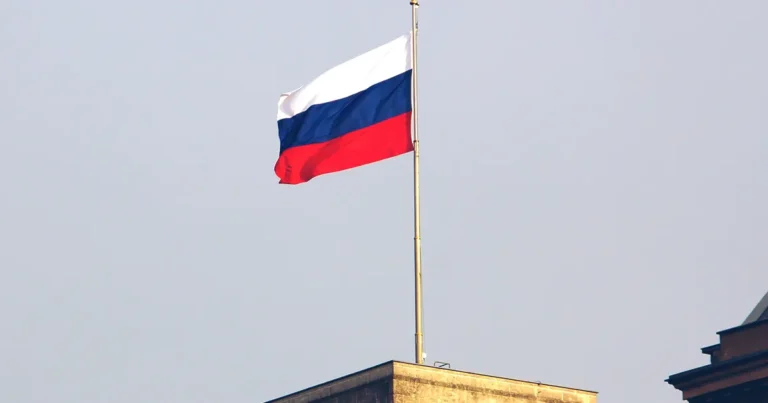17-7-2025 – Russian lawmakers have passed a bill authorizing the launch of the central bank’s digital ruble in September 2026, marking a significant step toward modernizing the nation’s financial system. The legislation, mandates that banks and large businesses adopt the central bank digital currency (CBDC) as part of a phased rollout, with smaller enterprises following by 2028.
The bill requires businesses with annual revenues exceeding 120 million rubles ($1.5 million) to integrate digital ruble services by September 2026, while smaller firms have until 2028 to comply. Exemptions apply to retailers with revenues below 5 million rubles or those in areas with limited internet access. The law also introduces a universal QR code payment system, managed by the National Payment Card System, to streamline transactions. Anatoly Aksakov, head of the State Duma’s Financial Markets Committee, emphasized the initiative’s role in enhancing transaction efficiency and reducing costs for banks and merchants.
This move aligns Russia with global trends toward digital currencies, following China’s e-CNY model, which tightened scrutiny on crypto exchanges. While the digital ruble is optional for citizens and businesses, its mandatory adoption by banks signals a strategic push for state-controlled digital payments. Analysts suggest this could indirectly boost interest in decentralized cryptocurrencies like Bitcoin and Ethereum, as users may seek alternatives to centralized systems.

Ethereum, currently trading at $3,460.27 with a 10.94% market share, has risen 118.37% over the past 90 days, reflecting growing market interest amid such developments, per CoinMarketCap. The bill awaits President Vladimir Putin’s signature, expected to be a formality, with the Federation Council’s approval pending. Observers will monitor how the digital ruble impacts Russia’s financial landscape and its cryptocurrency ecosystem.


